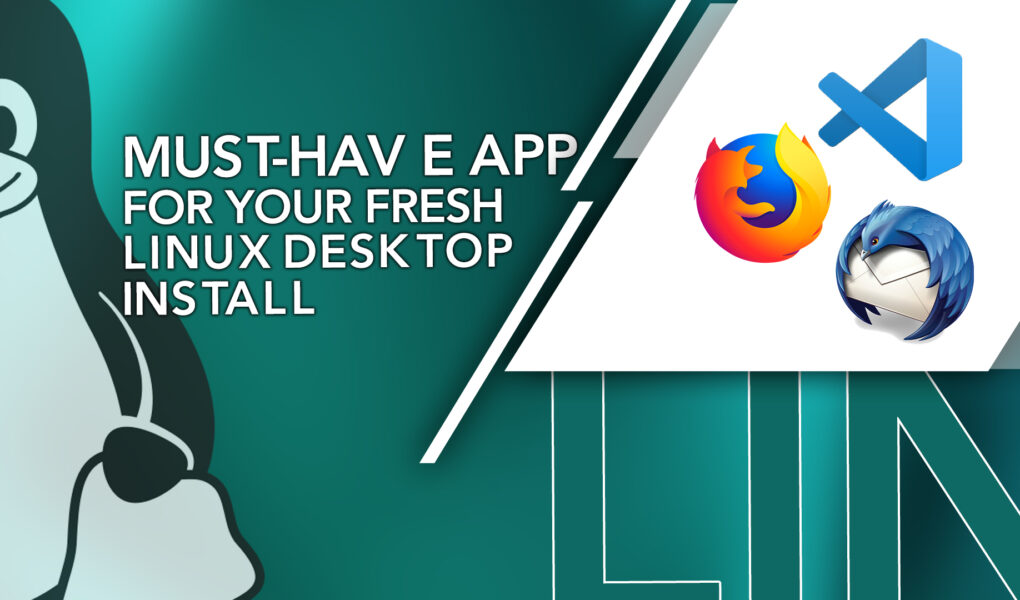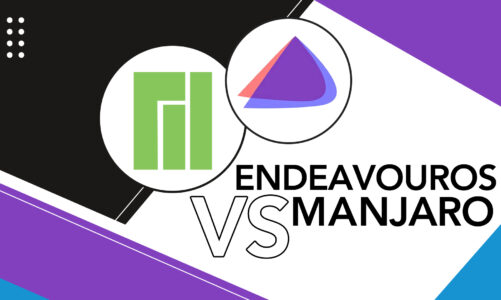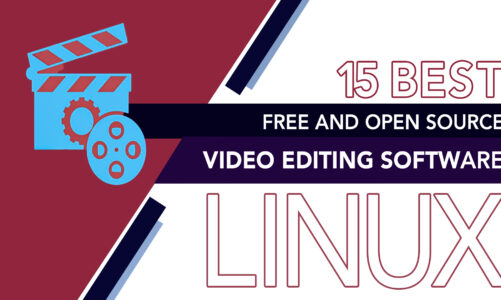Setting up a fresh Linux desktop install can be both exciting and overwhelming, especially with the abundance of available applications. To help you navigate this ocean of software, we’ve compiled a list of must-have applications that will make your Linux experience smooth and efficient. So, let’s delve into and uncover these crucial applications for your Linux desktop!
1: Mozilla Firefox
As a trusted and reliable web browser, Mozilla Firefox is an excellent choice for Linux users. It’s fast, secure, and offers a plethora of add-ons and extensions to customize your browsing experience. Firefox is open-source as well, meaning it’s constantly developing and improving courtesy of its committed community.
2: Google Chrome
Google Chrome, a browser in extensive use, is renowned for its quickness and performance. Although not open-source, Chrome supports a vast range of extensions and boasts a clean, user-friendly interface. To use Chrome on Linux, download the official .deb package from Google’s website and install it using your distribution package manager.
3: LibreOffice
LibreOffice, a powerful open-source office suite, comes pre-installed on numerous Linux distributions. It’s fully compatible with Microsoft Office formats, making it easy to collaborate with others. LibreOffice provides a suite of tools including Writer (word processing), Calc (spreadsheets), Impress (presentations), and other vital utilities.
4: Foxit PDF Reader
Foxit PDF Reader, a rapid, lightweight, and feature-rich PDF reader and editor, is accessible for Linux. It offers an intuitive interface for viewing, annotating, and editing PDF files. Foxit also supports form filling, digital signatures, and document security, making it an excellent alternative to Adobe Acrobat Reader.
5: GIMP
The GNU Image Manipulation Program (GIMP) is a free, open-source graphics editor that rivals Adobe Photoshop in terms of features and capabilities. GIMP is suitable for functions such as image retouching, graphic designing, and image creation. With a customizable interface and a wide range of tools and plugins, GIMP is a must-have for Linux users interested in graphic design or photography.
6: Inkscape
Inkscape is a no-cost, open-source vector graphics editor that stands as an alternative to Adobe Illustrator. It’s optimal for the creation and modification of scalable vector graphics, like logos, symbols, and illustrations. Inkscape supports various file formats, including SVG, and offers a user-friendly interface with powerful drawing and editing tools.
7: Visual Studio Code
Visual Studio Code (VS Code) is a free, open-source code editor engineered by Microsoft. Its high customizability and support for a broad spectrum of programming languages render it a favored choice among developers. VS Code features an integrated terminal, Built-in Git support, and a vast ecosystem of extensions that can enhance your coding experience on Linux.
8: VLC Media Player
VLC Media Player is a versatile, open-source media player that is capable of supporting a broad range of audio and video formats. Its ability to play virtually any media file, combined with a simplistic interface, renders it a must-have tool for Linux users. VLC also offers advanced features like media conversion, streaming, and more.
9: Audacity
Audacity is an open-source audio editing and recording tool that offers an extensive set of utilities for altering and managing audio files. It supports various formats and includes features like noise suppression, effects, and multi-track editing. Audacity is perfect for podcasters, musicians, or anyone looking to edit audio on their Linux desktops.
10: Thunderbird
Thunderbird is a free, open-source email client produced by the Mozilla Foundation. It’s feature-rich and supports multiple email accounts, making it an excellent choice for managing your email on Linux. Thunderbird also includes a built-in calendar, RSS reader, and chat client for added convenience.
11: Flameshot Screenshot Tool
Flameshot is a powerful, open-source tool for capturing screenshots on Linux. It’s lightweight and feature-rich, allowing you to capture screenshots with various options like full screen, specific area, or active window. Flameshot also provides an easy-to-use interface for annotating and editing screenshots, making it a valuable addition to your Linux desktop.
12: Shotcut Video Editor
Shotcut is a free, open-source video editor that provides a wide range of editing tools and features, making it a great choice for Linux users looking to create and edit videos. With support for numerous video and audio formats, Shotcut offers a customizable interface, multi-track editing, and various filters and effects. Its versatility and simplicity of use render it an exceptional supplement to your Linux desktop.
13: Simplenote
Simplenote is a clean, minimalist note-taking app that syncs across multiple devices, including your Linux desktop. With its user-friendly interface and uncomplicated features, Simplenote is excellent for noting down thoughts, generating to-do lists, or composing lengthy notes. It also offers markdown support, version history, and tagging, making it a valuable tool for organizing your thoughts and ideas.
14: GNOME Tweaks
GNOME Tweaks is a handy utility for customizing the GNOME desktop environment, which is the default interface for many popular Linux distributions like Ubuntu and Fedora. With GNOME Tweaks, you can easily modify settings such as themes, fonts, and extensions, enabling you to personalize your desktop to suit your preferences.
By incorporating GNOME Tweaks into your Linux desktop, you will have more control over your desktop environment’s appearance and functionality, creating a more enjoyable and personalized user experience.
15: KBackup
KBackup is a straightforward yet efficient backup utility for Linux that lets you generate and manage backups of your critical files and folders. With its user-friendly interface, KBackup makes it easy to schedule backups, choose backup destinations, and restore data when needed. By incorporating KBackup into your Linux desktop, you’ll ensure your essential files are safe and secure.
Conclusion
With these must-have applications, your fresh Linux desktop install will be equipped to handle a wide range of tasks, from browsing the web and creating documents to editing images and enjoying multimedia content. Remember, the Linux ecosystem offers countless other applications to explore and suit your specific needs. So, proceed and optimize your experience with Linux!




